Five Org Design Things N° 9
Organizational health essential for firm performance; Avinsa; the heat death of Google; team performance research; platform teams @ PepsiCo


This just in folks! Water is wet, apple pie is delicious, and organizational health is essential for firm performance.
I don’t know how we’re still at the point where we need to prove this to people, but it seems like it’s still the case. After all, it seems like some companies are taking a “beatings will continue until morale improves” approach when it comes to creating innovation and delivering for customers. Nonetheless, McKinsey studied over 2,500 firms in “every industry” and found that healthy organizations delivered 3x the returns as they are unhealthy peers. And this isn’t just a rich companies are good at things situation: companies that improved their organizational health drove 18% higher profit the next year. Good for sending to your boss!

In probably one of the more nuanced critiques of self-management/new ways of organizing, HBR dives deep into the Avinsa case – with the aid of the CEO of the company as a co-author. I continue to be a little bit confused about two things that tend to show up in reports like this:
- The emphasis that everyone has on flattening or reducing hierarchy. Overly deep organizations have some drawbacks (coordination costs, etc.) as do overly flat organizations (concentration of power in leadership, etc.).
- The critique always trends toward “this new way of organizing is hard and weird,” and there’s usually only a passing comparison to “traditional orgs.” The challenges listed in the article – zombie structures, integration challenges, uneven progress, change fatigue, empowered leaders, jargon, reskilling, and balancing short- and long-term goals – are big problems in “regular” orgs. And regular orgs don’t have good tools for resolving those problems, but self-organizing firms do.
Anyway. This is an important report, but I’d love to see one that compares what’s happening at an Avinsa to, say, an average company in the food-processing space.

A few things here:
- One of those rare case-studies favor of? siloes/strong boundaries between some areas of a business that might seem to be well-served by integration. Church/state, Ad sales/newsroom, etc.
- Why hiring is important
- Why every company needs decision-making methods that deprioritize (to the extent possible) political will, coercion, etc.
It’s a fascinating and sorta sad read.

This summary and accompanying evidence review cover a meta-analysis of 70 studies of team performance. The two tables here are the real meat of the study: showing that the strongest effects on team performance are Psychological Safety and Shared Thinking (‘cognitive consensus’…referring to “whether team members define and think about issues in a similar way.” love that!), and that the interventions with the strongest effects on team performance are Teambuilding (vague), Teamwork Training (nice), and Group Goal-Setting.
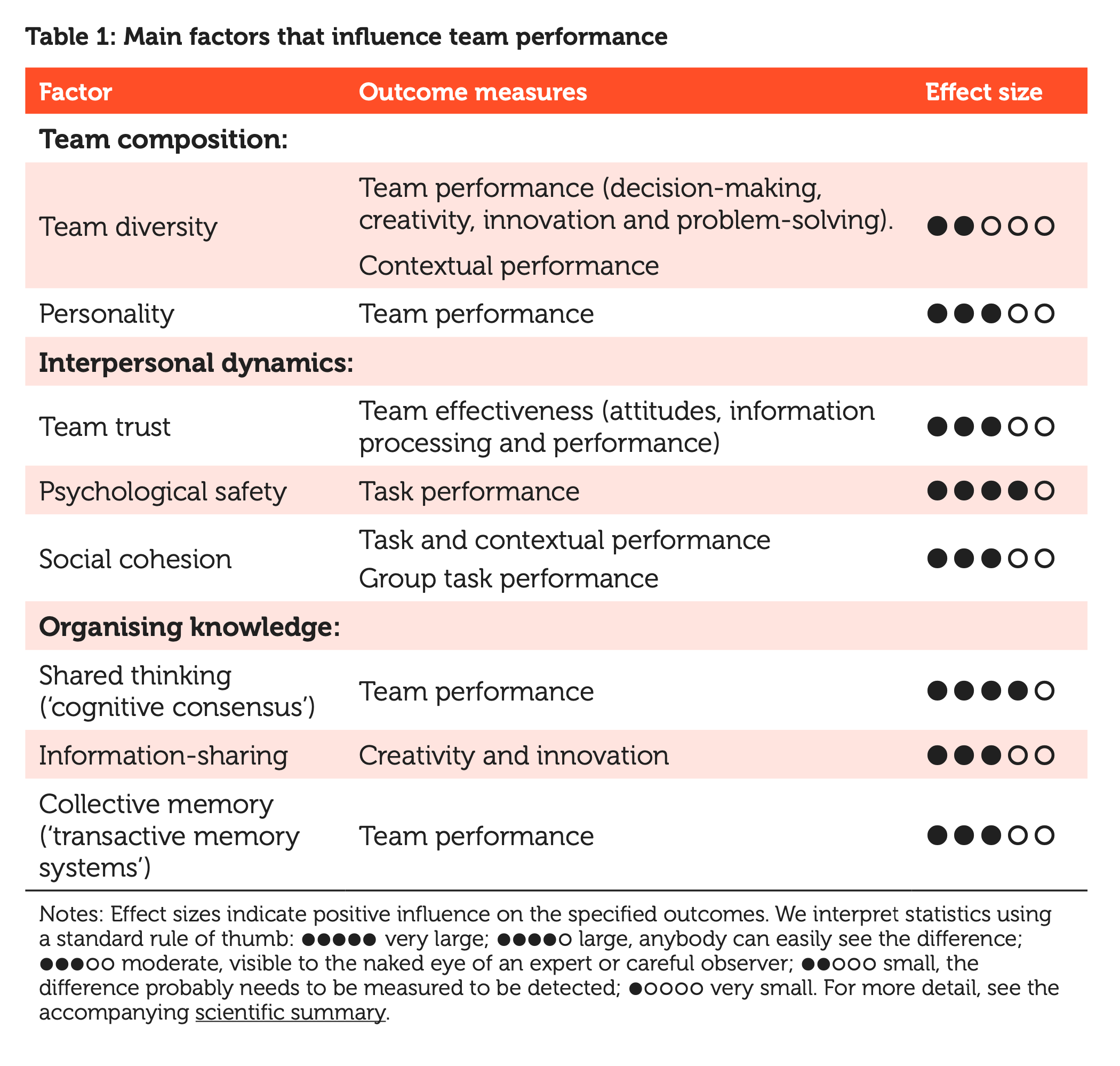
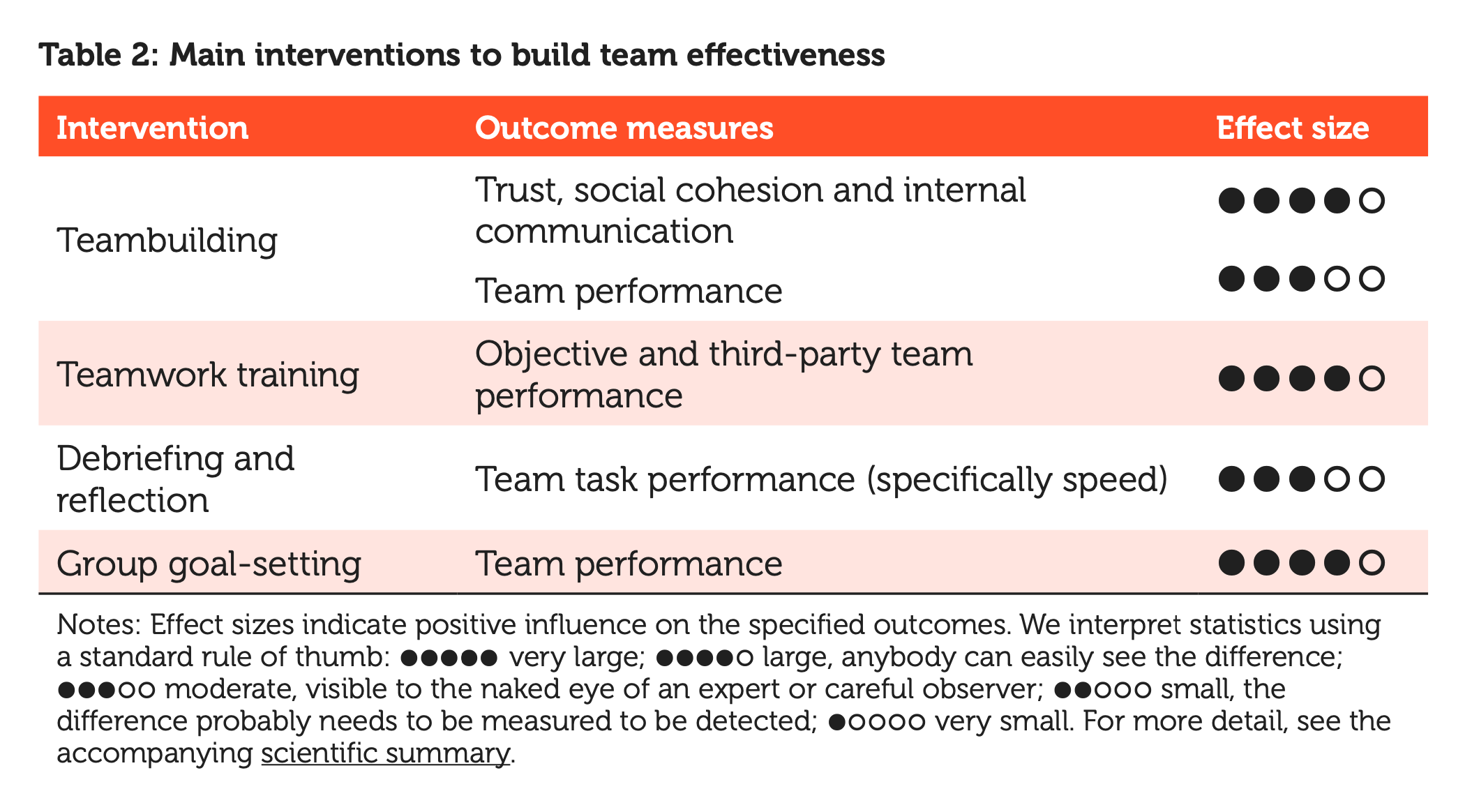
The thing about shared thinking gives some language and definition to stuff we do but don’t get enough credit for when we coach teams.
Platform Teams in the wild
I like this report from Platform Thinking Labs on the The Building Blocks Thesis. Some good diagrams and such to lift and shift in here!
Digital building blocks are standardized and modular units of value creation, which, when combined, have the power to drive exponential value creation in an ecosystem.
This reminds me a lot of the approach that Stephan Gans and the PepsiCo insights team have taken, documented here:
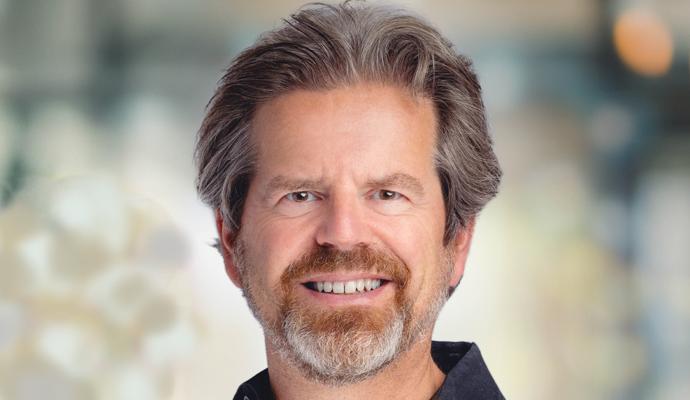
My thinking was that if we really want to change the game, we’re more able to do that with the smaller, specialized firms that are more incentivized, agile, and ambitious. Let’s build something with them. So we built a series of partnerships where we jointly created the IP and the consumer insights tools. And we are happy to sell those tools to other companies that don’t compete with us—there’s been huge uptake. It’s not only a learning loop but also an entrepreneurial approach, with money coming in that has enabled us to accelerate the journey we’re on.
So…to summarize:
- They’re developing tools that they use to develop insights.
- The insights go on to inform marketing (product/promotion) decisions.
- The tools earn revenue from non-competitive companies who pay to use them.
- The tools get better as a result, helping PepsiCo teams win.
That’s cool.

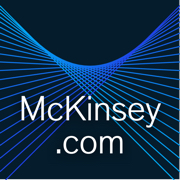



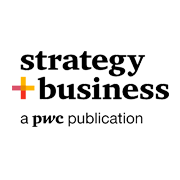
Comments